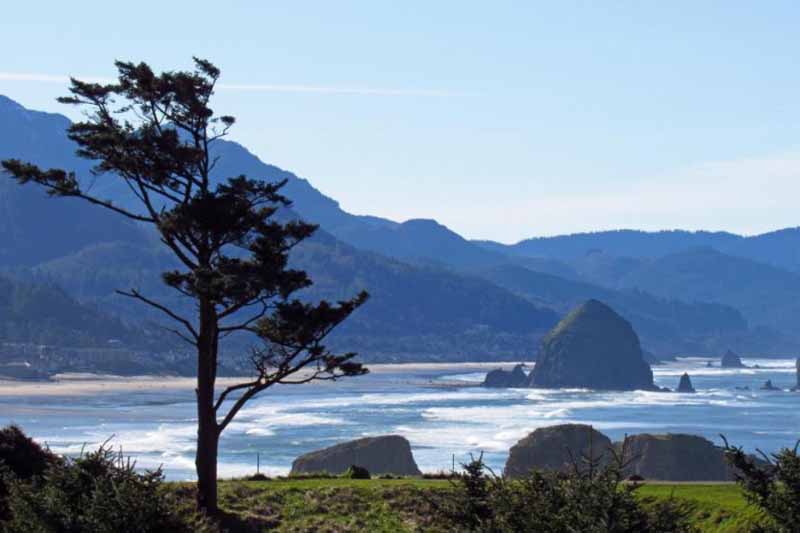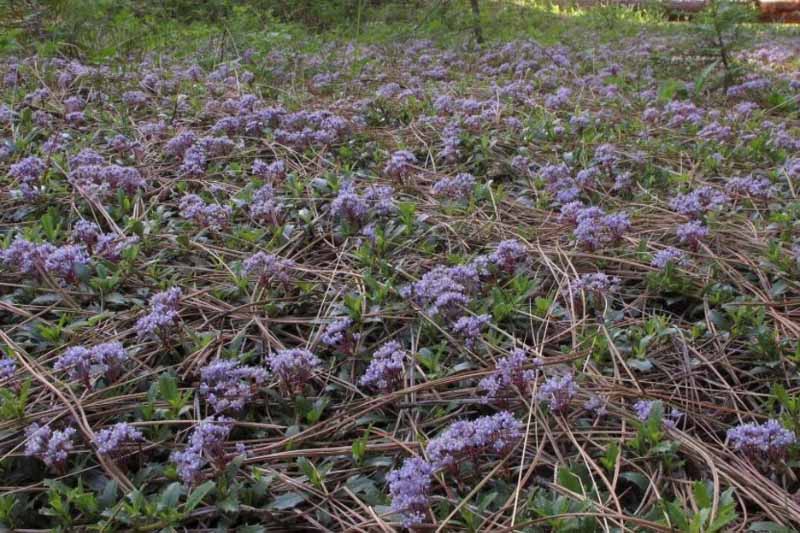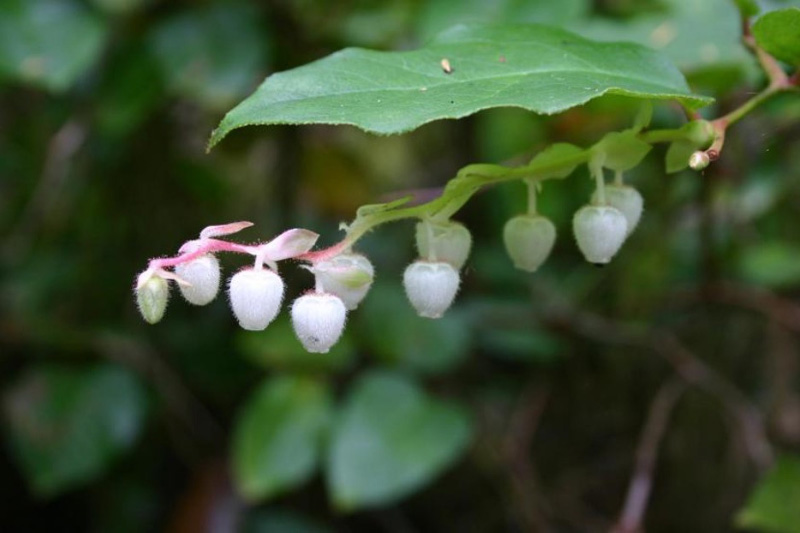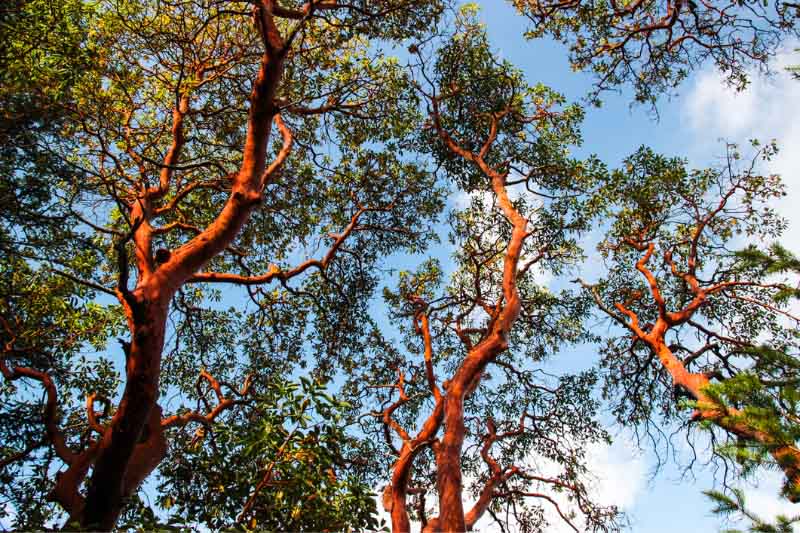Native Plants You’ll See When Visiting Manzanita Beach and Surrounding Areas
By Alison Hoover

The Oregon coast is known for salty air, stunning views, and mild weather. While indescribable sunsets, stunning starscapes, and the enchanting movements of whales tend to hold our attention, there’s plenty of natural beauty right at our feet.
The warm and temperate climate is ideal for all types of greenery. From delicate wildflowers to stately pines, beautiful plants are everywhere you look in Manzanita. Amateur botanists and casual nature lovers alike will enjoy the abundant plant life in the Pacific Northwest.
While there are over 3,600 species of plants native to Oregon, we’ve picked a handful of our favorites for you to keep an eye out for when enjoying Manzanita’s natural splendor.
Flowers
Native plants often bring to mind green fields speckled with bright, colorful flowers. While this is true, you can also find native flowers alongside roads, hiking trails, and butting up against local beaches.

Wild Lilac (Native ceanothus)
Nothing quite beats the intoxicating smell of lilacs in the spring. There are six varieties of lilacs native to Oregon, but one of the most stand-out varieties is commonly known as mahala mat. With green leaves and clusters of purple flowers, mahala mat is a ground cover that blooms with flowers in winter and spring.
Bugbane (Actaea)
This special plant is only found along Oregon’s west coast and north into Canada. In bloom during the summer months, bugbane is characterized by maple-like leaves topped with tall shoots of white flowers reaching as high as six feet. It’s best to enjoy this beauty from afar though –– it is considered endangered and is known to be poisonous to all mammals.
Shrubs
Often overlooked, shrubs provide beauty and interest throughout the year. While you aren’t as likely to find shrubs close to the water, they are all over the wooded areas of western Oregon.

Salal (Gaultheria shallon)
With large green leaves and drooping buds that resemble dozens of pale-colored bells, salal is an often-overlooked shrub. The small, dark berries produced by salal plants were once a staple food in the region, and are now often featured in preserves.
Oceanspray (Holodiscus discolor)
Sometimes known as cream bush, oceanspray bushes are characterized by creamy white flowers that color roadways and forests in spring and early summer. The dense and hard wood was often used by tribal communities for crafting everything from sewing needles to arrowheads.
Trees
Trees tend to get all the credit. They provide shelter for animals, shade for us, and create beautiful depth along the horizon. While we appreciate them in general, here are two specifics to look out for.

Pacific madrone (Arbutus menziesii)
Reaching heights of 100 feet, Pacific madrones grow in unique shapes with flexible branches. This tree produces fragrant white flowers and sour red-orange berries, which were commonly consumed by the area’s indigenous peoples. Pacific madrones are easily identifiable because of their peeling bark.
Pacific dogwood (Cornus nuttallii)
Dogwoods are abundant across much of the country, but the Pacific Northwest boasts its own beautiful variety. From afar, dogwoods seem to boast one large, white flower. Up close, however, you’ll realize these are actually several white leaves surrounding clusters of tiny, greenish flowers.
Whether you want to spend your time sitting on the beach or hiking the countless trails in Manzanita, all you have to do is look around and you’ll be awe-struck by the natural beauty. From small flowers to towering trees, it’s impossible to look past the plants that call this area home.

Alison is a Midwesterner through and through and loves to spend her time baking and reading. Always at home in the dirt, as a kid, Alison raised a vegetable garden with her dad and flower gardens with her mom.
